Mars moons: mysterious Phobos and Deimos
13th Apr 2023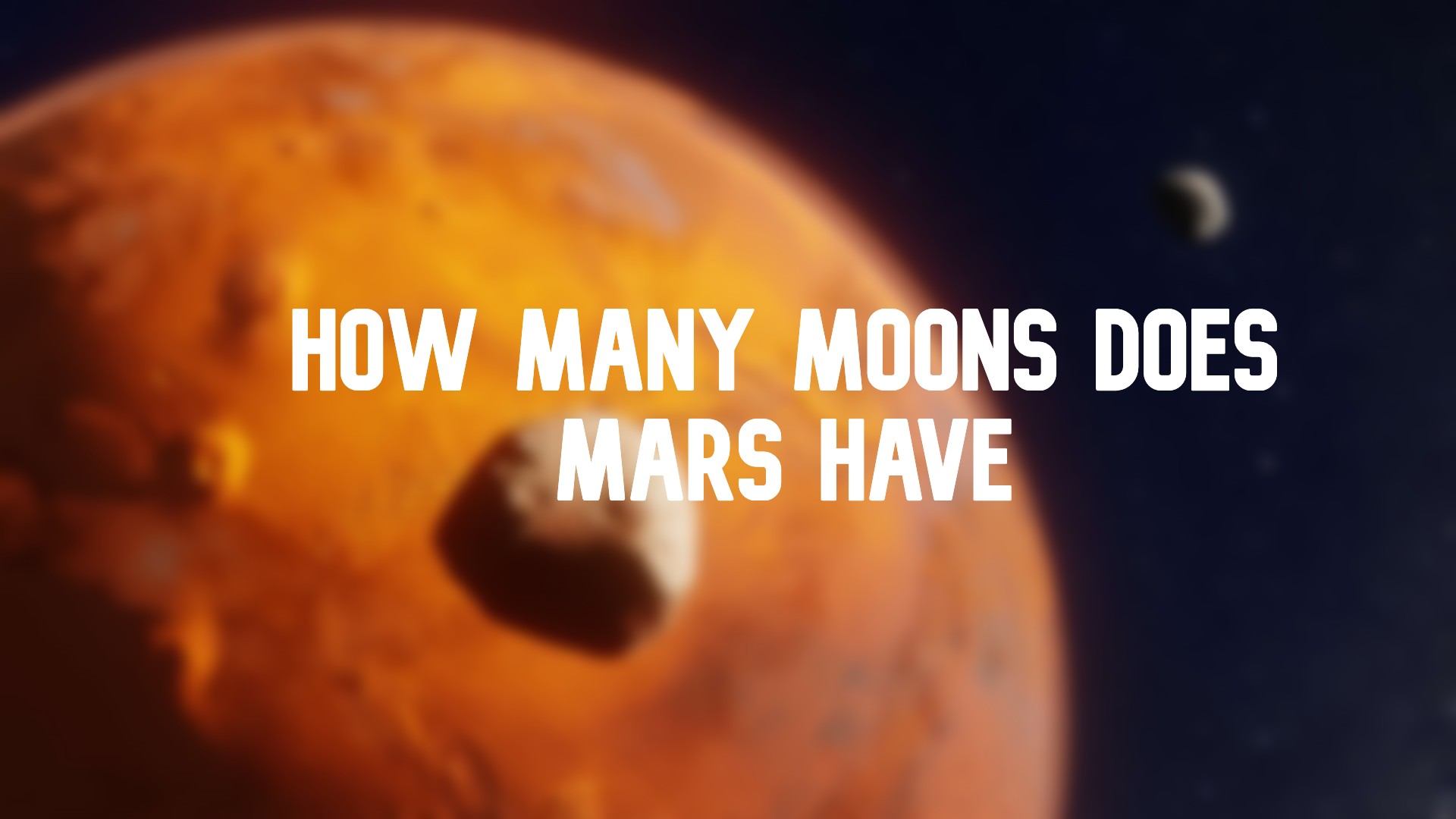
In the 21st century, humanity is closely considering Mars not only as an object for scientific research but also as a place where we can resettle should a global cataclysm occur on Earth. Naturally, everything related to the Red Planet, and especially Mars moons, is of interest. Scientists are considering using them as bases for exploring the planet with the help of robots. So let’s find out all about Mars’ satellites and what their mysteries are.
How many moons does Mars have?
If you read our article about the Moons Of The Solar System, you know that Jupiter and Saturn are the record holders for the number of satellites among the planets of our solar system. But among the inner planets, only Earth and Mars have the privilege of having satellites. We have one satellite — the Moon, and the red planet has two — Phobos and Deimos or Mars I and Mars II.
Mars moons facts
Two moons of Mars are considered one of the smallest planets moons in the solar system. Like the Earth’s Moon, Deimos and Phobos always face their planet from the same side. Both are irregularly shaped, resembling potatoes, and are composed of carbon-rich rocks with an admixture of ice. Their surface is completely dotted with craters up to several kilometres deep, dust, and loose stones. But what is the difference between Mars satellites?
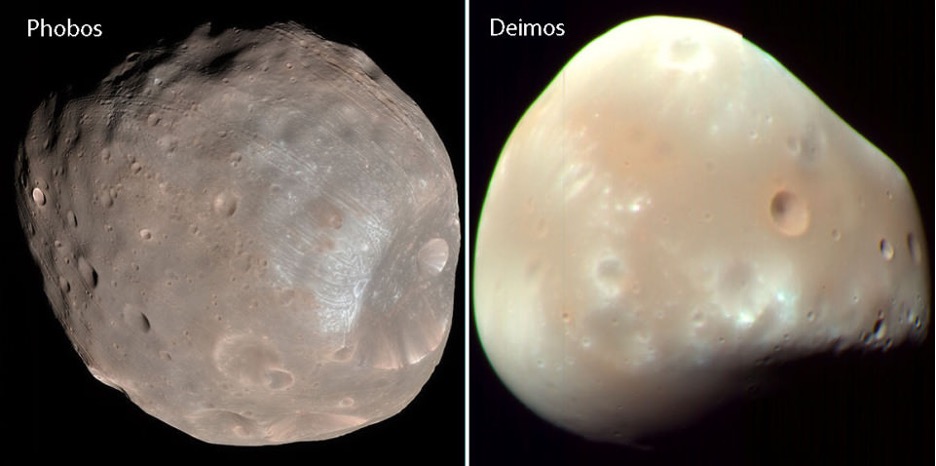
Phobos
It is the largest of Mars’s moons. Its diameter is 22.2 km, its mass is approximately 1,08х1016 kg, and the surface temperature is almost the same as on the planet itself (from -123 to 27 degrees Celsius). Interestingly, when viewed from Mars, the satellite seems to be only two times smaller than our Moon, although its diameter is only 1% of the Earth satellite’s diameter.
Phobos is the only satellite in the solar system that orbits very close to its planet — at an altitude of only 3,700 miles (6,000 kilometres). It orbits Mars three times a day, spiralling inward due to tidal forces and approaching the planet by about six feet (1.8 meters) every century. According to scientists, within 50 million years, it will either crash into Mars or split and form a ring around it like Saturn.
The most remarkable detail on Phobos is the huge Stickney crater, named after the wife’s maiden name of the astronomer who discovered Phobos. The size of the crater is comparable to the size of the satellite itself. The blow that formed Stickney was so strong that it almost broke Phobos.
Recent observations of Phobos have confirmed that its entire surface is covered with a meter-long layer of fine sand, similar in composition to lunar regolith, due to which the surface of the satellite cools very quickly after sunset. In addition, this sand makes Phobos the darkest of the planetary moons in the solar system.
Deimos
Deimos is almost half the size of Phobos; its diameter is very tiny by the standards of the solar system — 12.4 km, its mass is 2,0х1015 kg, and the average surface temperature is -40.15°C. The satellite is located at a distance of 23,458 km (14.5 thousand miles) from Mars and makes a revolution around it in 30 hours, 18 minutes 43 seconds.
A thick layer of dust covers the entire surface of Deimos. This layer, like a blanket, smoothes out large craters and completely covers the small ones. And above it, tower hundred-meter boulders.
How and when the satellites of Mars were discovered
The discovery of Mars moons officially belongs to the American astronomer Asaph Hall and dates back to 1877. However, their existence was suggested much earlier.
Early speculation
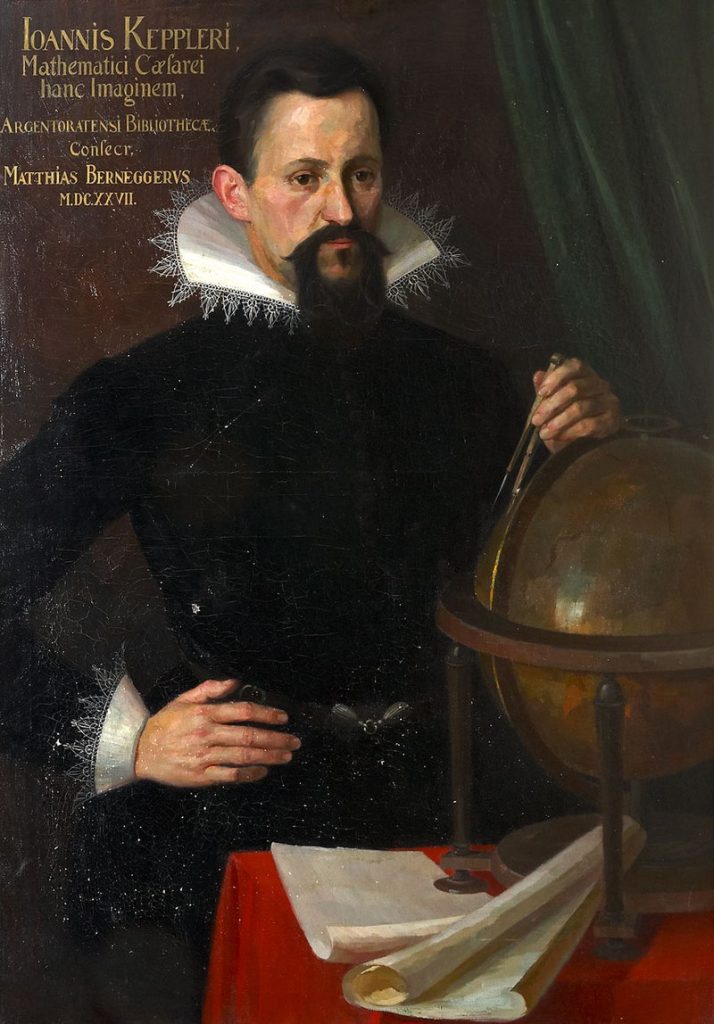
Johannes Kepler was the first to speak about the presence of two moons of Mars. This happened in 1611 due to a misinterpreted message from Galileo Galilei. Galileo told Giuliano de Medici that he had seen the triple structure of Saturn, that is, a planet with rings. And Kepler understood this phrase as a message about two satellites and Mars. Since the Earth has one satellite, and Jupiter at that time was confirmed to have four satellites, Kepler assumed that the number of planetary satellites grows as the planets move away from the Sun, which means that Mars should have two satellites.
As we understand now, this logical conclusion was erroneous, but the statement about two satellites of Mars turned out to be prophetic.
Discovery
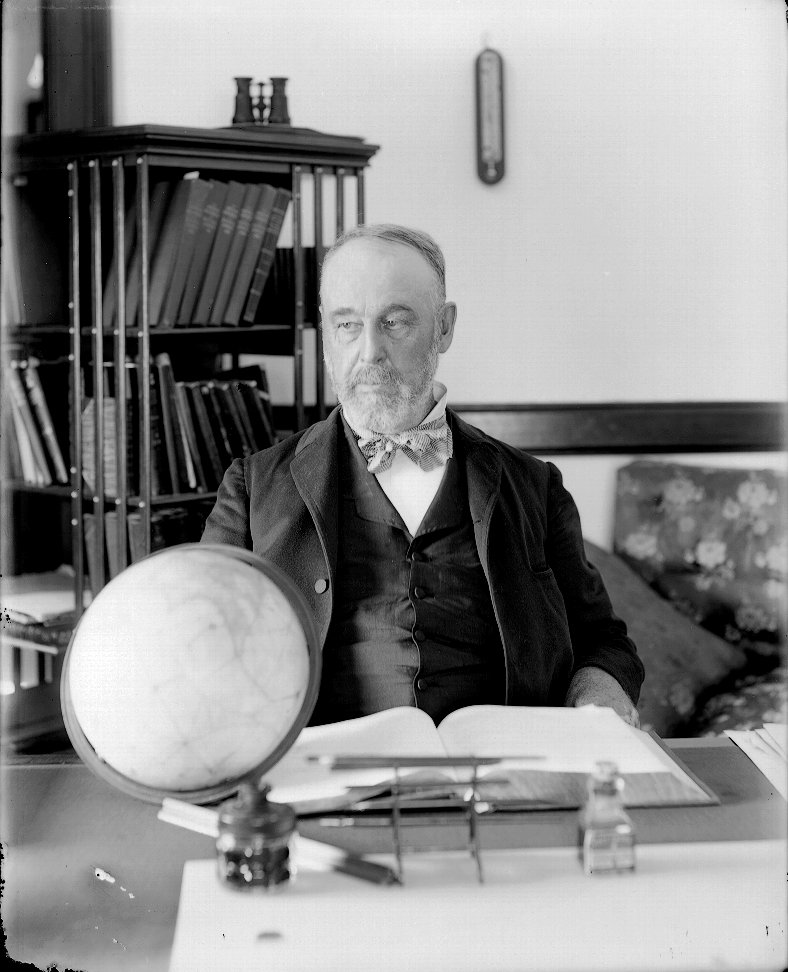
Asaph Hall discovered Mars moons more than two and a half centuries later. It happened at the Old US Naval Observatory in Washington, DC. Deimos was recorded by an astronomer on August 12, 1877, and Phobos 6 days later. Interestingly, Hall saw Deimos a little earlier, on August 10, but could not confidently state this due to poor visibility in bad weather.
The researcher literally did not take his eyes off the celestial body, constantly recording in his diary the time, the state of the sky, and the weather changes. Using a 66-centimetre (26-inch) telescope with a lens, he saw that the satellite was there, but due to its small size, nebula, and thunderstorms, he could not confirm its discovery. When the weather improved, Hall could confirm that the satellite was moving along with Mars, and in addition to the distant object, there was also a nearer, internal one. Then Asaph was able to publicly announce the discovery of two satellites and start a great research work on Phobos and Deimos.
What are the 2 moons of Mars named for?
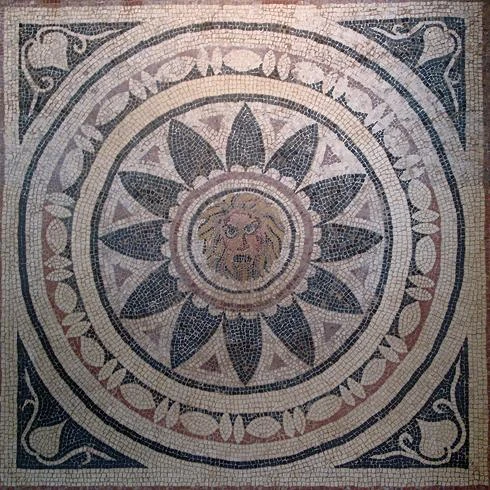
An English schoolgirl suggested the names for the new celestial bodies — the names of the Greek god of war, Ares, sons. In Roman mythology, Mars is considered the god of war, so the planet’s satellites were named Deimos and Phobos in honour of Aphrodite and Zeus’s sons, the twins who accompanied their father during the battles. In translation, Phobos means “fear” and is the god of fear and panic in mythology; Deimos means “horror” and is the god of terror and horror.
Hypotheses of the Mars moons origin
Disputes about how the Mars moons appeared do not stop to this day. According to one hypothesis, Deimos and Phobos are asteroids attracted by the planet’s gravity. Such an idea arose due to the satellites’ small size, density, rocky structure, the presence of craters and some other characteristics similar to those of asteroids. But this version is in doubt because the orbits of satellites are too round, and with asteroids, they would be less regular. And the strong porosity of Phobos, which is about one-third of its volume, is not typical for asteroids. Scientists came to this opinion after they made a model of the rotation of asteroid satellites around the planet.
The second hypothesis is related to the massive impact. Scientists suggest that once Mars collided with another celestial body, two pieces broke off and flew into orbit. Modern infrared studies of satellites have shown that Phobos and Deimos contain minerals, the same as on the planet itself. This gave the reason to assume that there was, after all, a collision of Mars with another celestial body, and it was probably a smaller protoplanet.
Why does Mars have only 2 moons?
The impact version explains how many moons the planet Mars has, and why they are not as big as Earth’s Moon. It is likely that after the impact of a space object on Mars, a ring with fragments of stones and dust was formed. Then the debris in the inner part of the ring combined into large pieces and, being close to the planet, fell to the surface of Mars under the force of gravity.
Smaller and lighter fragments located farther from the planet were not prone to mutual attraction and enlargement. Some of them, most likely, left the orbit and flew into space, and only two large formations remained in place — Deimos and Phobos.
The theory seems plausible because there is a gradual attraction of Phobos towards Mars. Eventually, it, too, might fall on the planet, and Mars will have one satellite left — Deimos. But even this assumption is still questionable.
Is Mars losing a moon?
Calculations show that, unlike Phobos, which is approaching Mars and may collide with it in a few million years, Deimos is gradually moving away from the red planet and may eventually leave its orbit forever. In general, Mars really runs the risk of losing its satellites, but this will not happen for a very long time.
Martian satellite research
How moons affect Mars and whether their influence affects the Earth are important questions that scientists have been trying to answer for many years. In this, they are helped by robotic missions.
- In 1971 NASA’s space probe Mariner 9 took close-up pictures of Phobos and Deimos.
- In 1977, Deimos and Phobos were photographed by NASA’s Viking 1 and Viking 2 spacecraft.
- In 1998, 2003, images of Phobos were obtained from the American space station Mars Global Surveyor.
- In 2004, the ESA probe took pictures of Phobos.
- In 2007 and 2008, Phobos got photographed by the Mars Reconnaissance Orbiter.
- NASA’s Mars Odyssey probe, orbiting Mars since 2001, used an infrared camera to determine the surface temperature of Phobos when fully illuminated by the Sun —27°C. When there is a total eclipse on Phobos, the temperature on it is -123°C. It was also established that Phobos has a uniform surface of fine-grained materials.
- In 2022, images of Phobos were transmitted by the Chinese device Tianwen 1.
However, there were failures as well.
- In 1988, two probes were launched by the Soviet Phobos program. The mission ended in failure because the landing did not work out, but satellite photos were still taken.
- The launch of the Russian Phobos-Grunt probe in 2011 ended in an accident; the rocket failed and did not deliver the probe to the satellite.
Today, scientists from NASA, ESA and other space agencies are developing new programs to launch rovers to the moons of Mars and dream not only of collecting samples but also sending them back to Earth. If all goes well, by 2030, we will have more knowledge about the Martian satellites and their impact on Mars and Earth, which will help in planning the colonization of Mars.
Conclusion
Studies show that the moons of Mars do not have such a significant effect on it as our Moon does on the Earth; the rocks in the crust and mantle of the Red Planet are subject to only minor changes under the influence of the gravity of Phobos. However, Mars affects the satellite, changing its orbit.
The successful landing of probes on Phobos and Deimos will help to understand Mars better and subsequently launch missions with robotics and even astronauts. This will likely be our first step in building an interplanetary civilization.
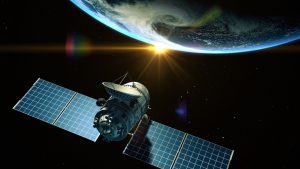

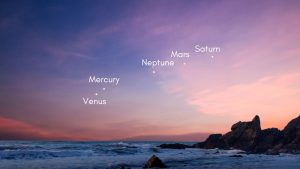
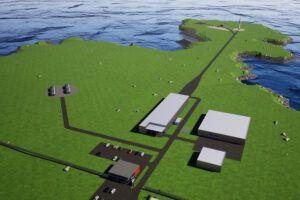


Thank you for your comment! It will be visible on the site after moderation.